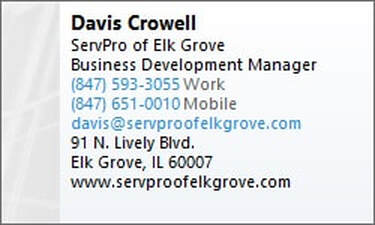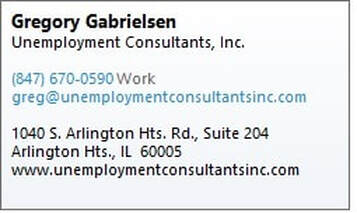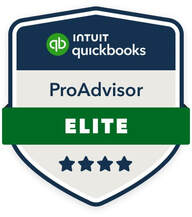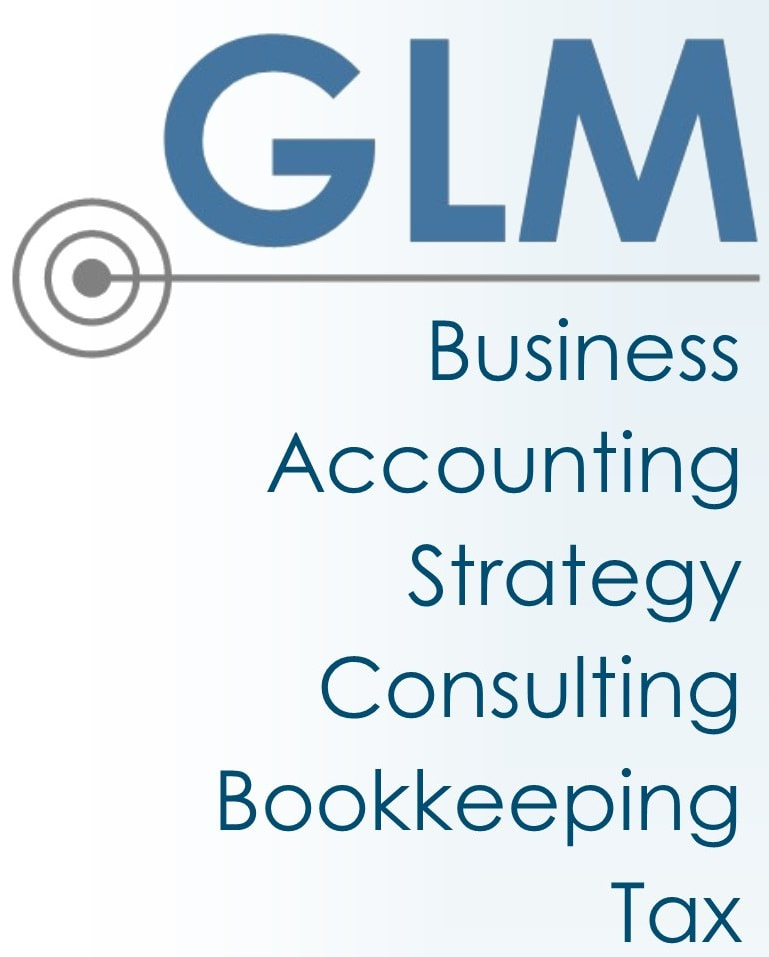Eligibility Criteria: Your Pathway to Funding
Is your business ready to seize this opportunity? Here's how you can determine your eligibility:
- Your business commenced operations in 2020 or 2021.
- You are actively operating in Illinois.
- You haven't received a Back to Business (B2B) grant before 2023.
- Your business or nonprofit falls into a Priority Industry category, or it is majority-owned by an individual who has received unemployment insurance benefits, including Pandemic Unemployment Assistance (PUA).
The application window is open until Thursday, Jan. 11, 2024. Don't miss out on this chance to secure the support your business needs to thrive.
How to Apply: Your Gateway to Success
Ready to take the next step? Head to [https://b2bnewbiz.com/](https://b2bnewbiz.com/) for comprehensive details on the application process, eligibility criteria, and access to the application itself. The funding you can secure varies based on when your business was established and whether it operates out of a home-based or "brick-and-mortar" location.
Key Dates and Additional Resources
Save the date! The application period is open from Thursday, Nov. 30, with a deadline set for Thursday, Jan. 11, 2024. Awards are expected to be announced in the weeks following the deadline.
For further insights into the program and application process, the DCEO is hosting webinars in both English (Monday, Nov. 27) and Spanish (Wednesday, Nov. 29). To stay informed and make the most of this opportunity, visit the official website.
A Call to Growth: Seize the Opportunity
We strongly encourage you to leverage this grant opportunity to propel the growth and resilience of your business. Governor JB Pritzker and the DCEO have paved the way for new businesses to thrive, providing a valuable resource that can make a significant impact on your entrepreneurial journey.
Don't miss out on this chance to fuel your business's success. Apply now and position your venture for a prosperous future. Get more information here: https://b2bnewbiz.com/





 RSS Feed
RSS Feed


